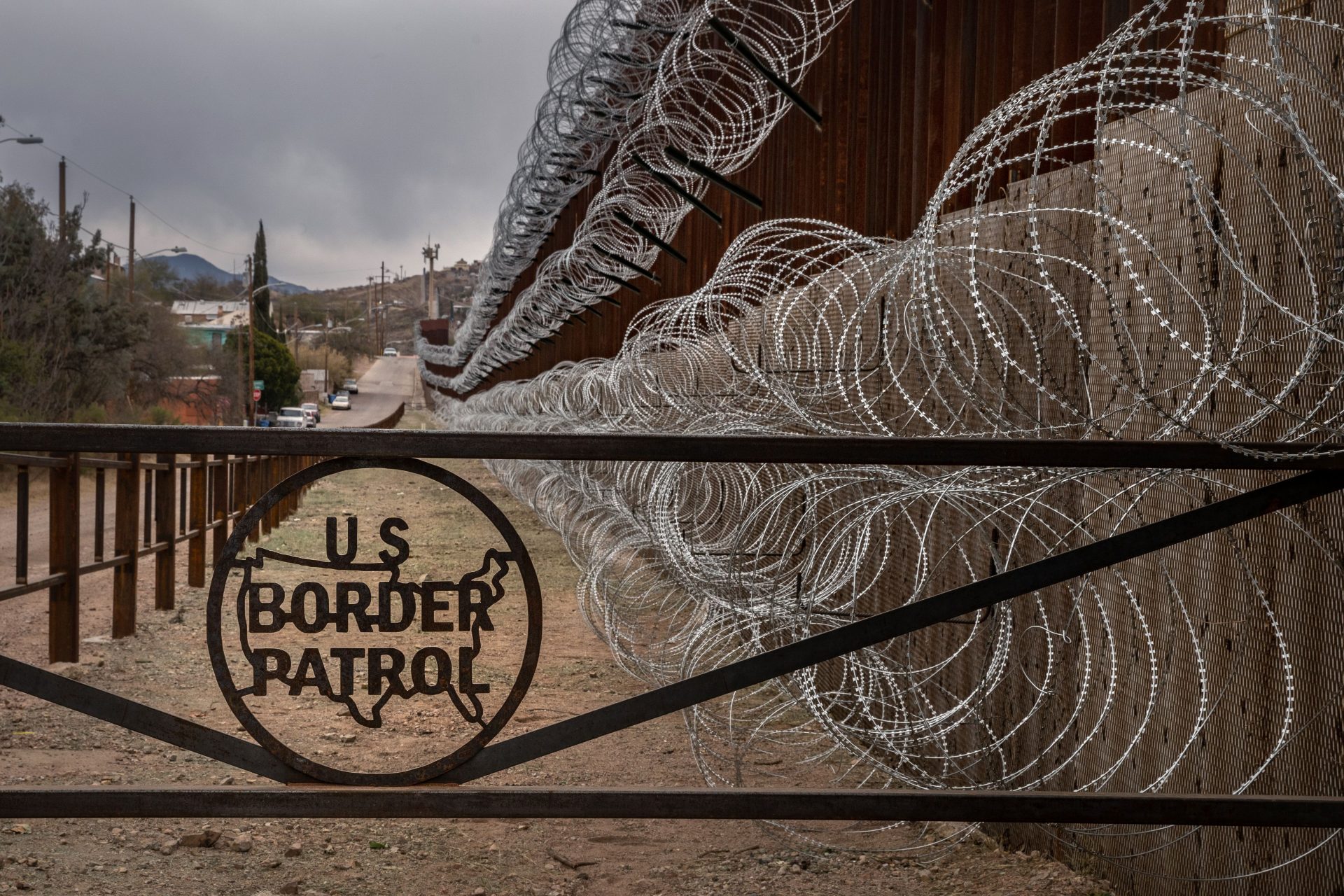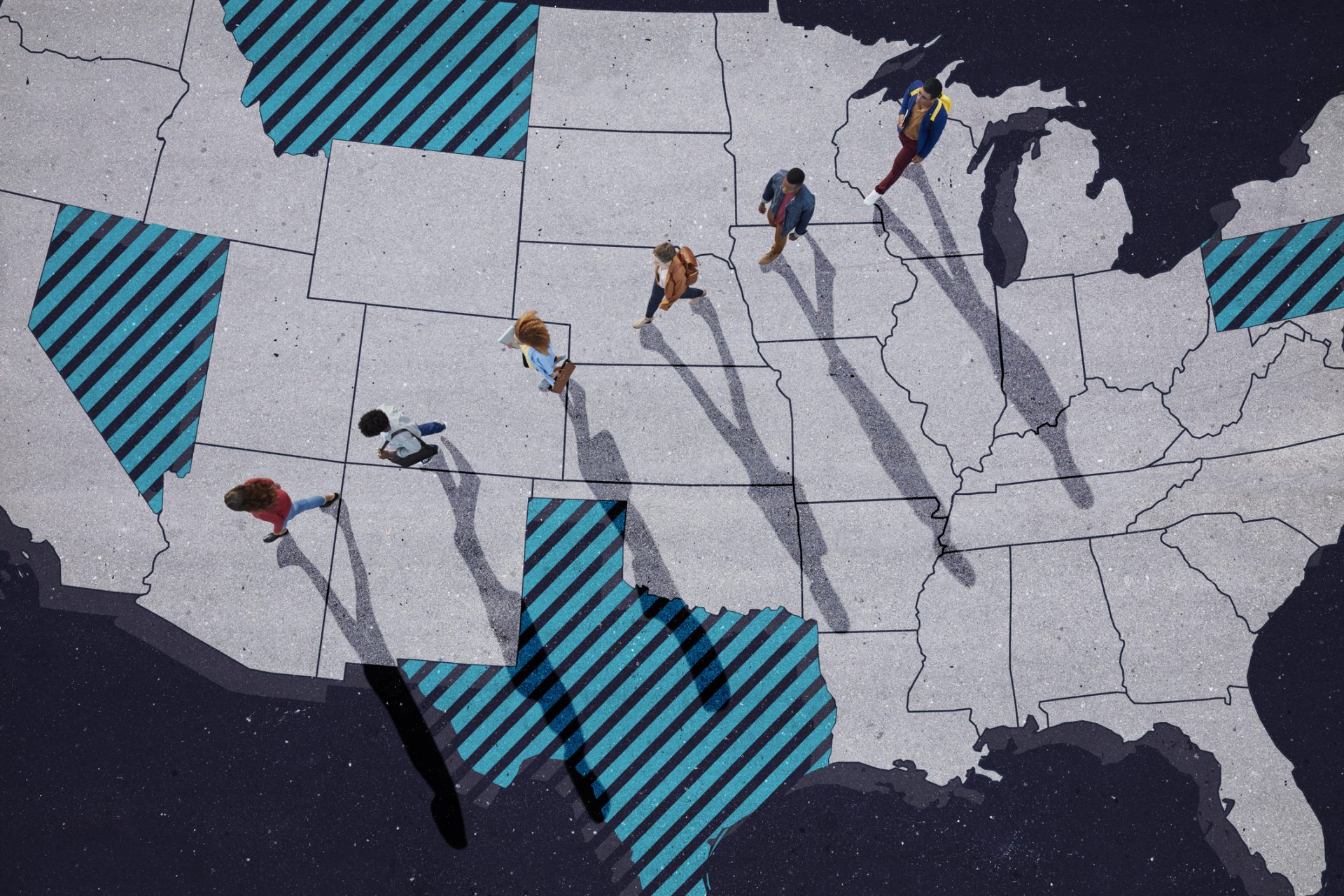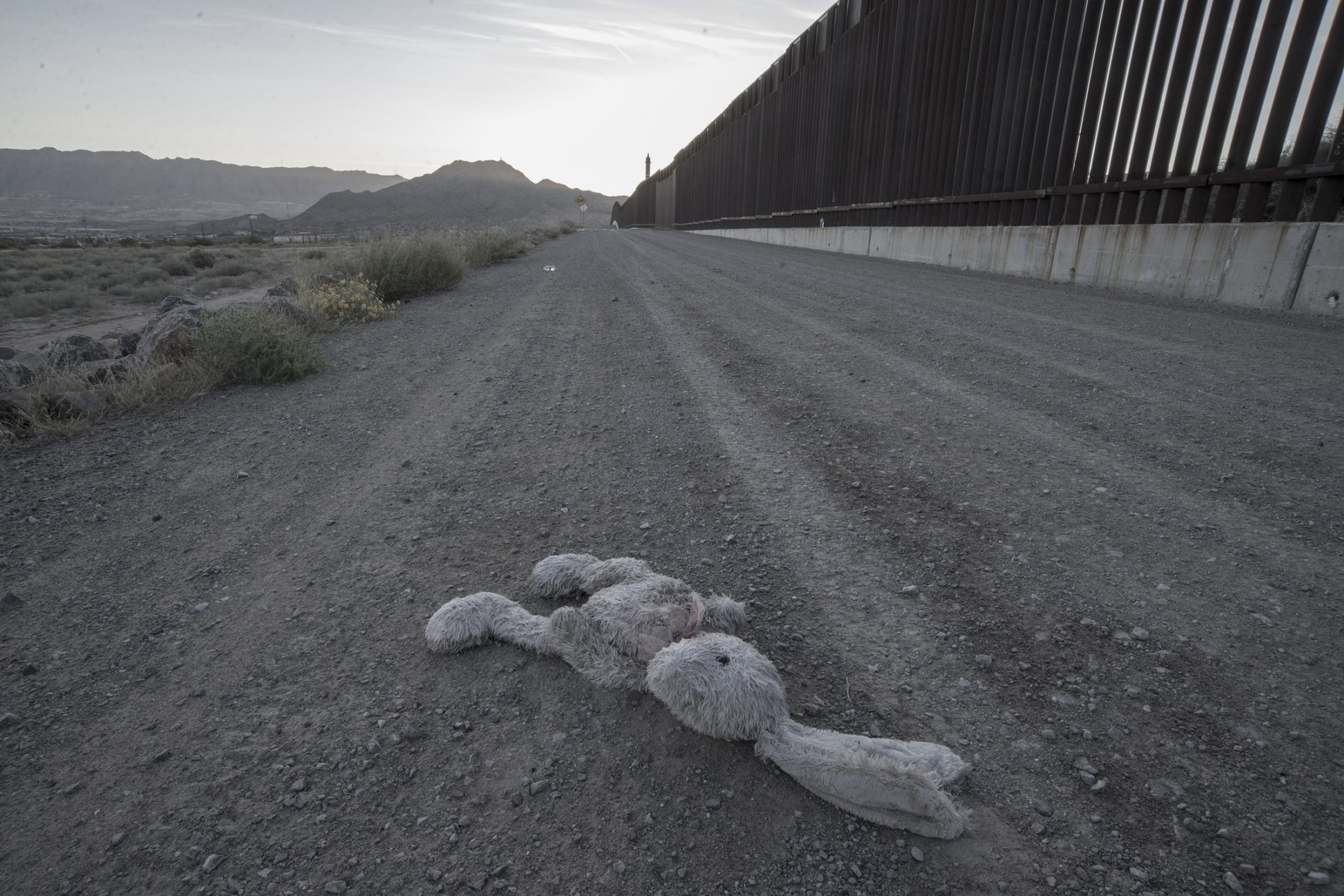Families fight to reunite years after Trump's border separation policy ended
Two years after the Biden administration took on the task of reuniting them, many families separated at the border during the Trump administration are still apart.
According to NPR, as of February 2023, the Biden administration said it had successfully reunited 600 children with their parents, but about 1000 remain separated. Those numbers are almost a supposition.
Completing the task of reuniting these families has been very complicated since, in many instances, the separation records were unclear or even nonexistent in some cases.
The most tricky part is locating separated family members. Some parents were deported without their children, and some kids were sent to different states without a tracing method.
The separation has elongated for five years since the policy imploded in 2018. In some cases, like one collected by the Washington Post, it was nearly half or a third of the child's life.
The newspaper followed the case of a mother trying to reunite with her 14-year-old after Border Patrol separated them and deported her in 2018. The mother had to fight the foster care family and agency in court to regain her custody.
The article explains that some children who did not have relatives in the US were under state custody in the foster care system, making reunification more complex and longer.
The Zero Tolerance policy sought for that to happen, according to research by The Atlantic reporter Caitlin Dickerson. Under it, the US separated more than 5,000 children from their immigrant parents between 2017 and 2018.
The plan did not account for a reunification path. Department of Homeland Security's internal communications show that agents were actively working against reunification.
Dickerson said the agency did not even register which child belonged to which parent or where it sent them. Some kids ended up in government facilities, others with relatives, and others in foster care.
According to internal documents gathered by Dickerson, some assistant US attorneys who resisted prosecuting parents for crossing the border were coerced into doing it or transferred.
Most immigrants presented asylum requests in the US, which is legal, but the act of crossing the border could be charged as trespassing, so trials were only on misdemeanors.
Some asylum seekers then presented their case to US authorities and could stay in the US until a judge resolved it, but others were denied and immediately deported.
Despite the charges being minor, Homeland Security quickly took the children away. Dickenson claims that the separation was the goal, not a side consequence.
She traced the policy to its origins, discovering that it aimed to deter parents from bringing their children to the US border to seek asylum.
Entry numbers did not change. The only consequence was the separation of families. Dickenson told NPR that a Biden administration official admitted they might never be able to reunite all families.
More for you
Top Stories





























